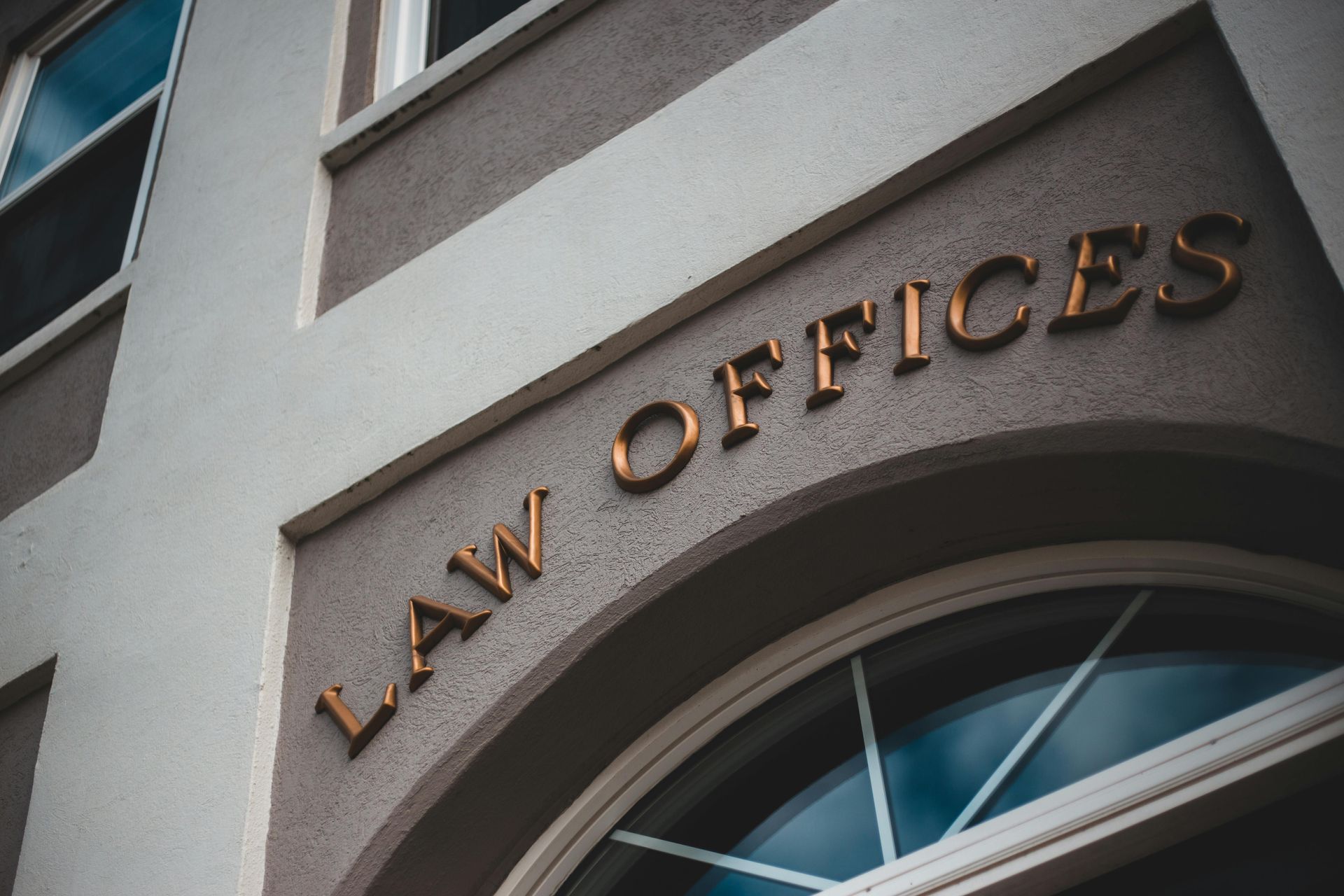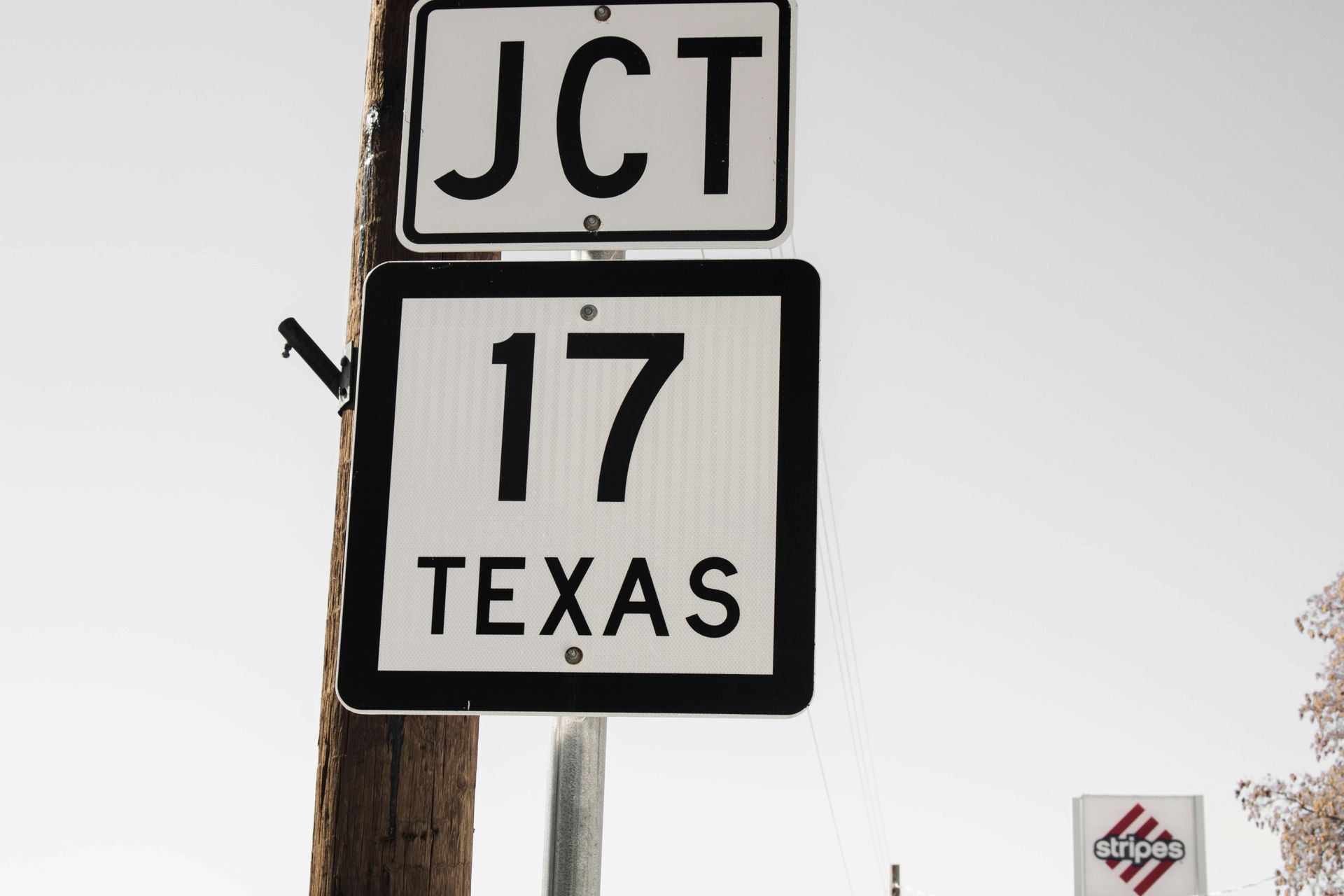Accelerated Case Resolution and Alternative Board Proceedings
ATTORNEYS IN DALLAS
Discover how Accelerated Case Resolution is revolutionizing TTAB proceedings, offering a swift and cost-effective alternative for resolving trademark disputes.
Accelerated Case Resolution and Alternative Board Proceedings
While Trademark Trial and Appeal Board (Board or TTAB) proceedings are generally shorter and less expensive than litigation in federal court, they still have a minimum duration of 18 months and can be quite costly. For more information about Board proceedings, please refer to our firm's page on Trademark Trial and Appeal Board Proceedings. It's important to note that most Board proceedings experience extensions or suspensions for various reasons such as settlement discussions or motion practice. As a result, the entire process from initiation to final decision typically takes an average of 3 years or more to complete. Due to the financial burden associated with these proceedings, most parties find them financially challenging. Statistics indicate that only around 2-3 percent of cases each year receive a final decision on the merits. Recognizing the lengthy duration and high costs involved, the Board has explored proposals from stakeholders to handle these matters more efficiently. Ultimately, the Board has introduced Accelerated Case Resolution (ACR) as a cost-effective option for parties involved in Board proceedings. ACR offers a streamlined and economical alternative to traditional discovery, trial, and briefing.
ACR applies to both opposition and cancellation proceedings and is available in all cases. In every ACR proceeding, there will be pleadings and an Institution Order issued by the Board. Cases that are most suitable for ACR are those requiring minimal discovery, cases where parties can stipulate to many facts, cases with few anticipated witnesses, cases where parties agree to use summary judgment submissions, and cases where parties agree to have the Board resolve disputes regarding material facts. Additionally, the parties should anticipate being able to stipulate to the admissibility of the majority of the record. Any objections to specific items of evidence can be raised based on relevance or weight in the final briefs or summary judgment submissions. It is important to note that the Board's decision in an ACR proceeding is final and subject to judicial review.
To explore different options for ACR, it may be beneficial to request the participation of the Interlocutory Attorney in the discovery/settlement conference. During the conference, the parties need to discuss the duration of discovery and any restrictions that will be imposed on this phase of the proceeding. In certain cases, parties may proceed with the typical discovery phase but then opt for an ACR trial phase. The parties must present the ACR agreement or stipulation in writing to the assigned Interlocutory Attorney, and it is within the Board's discretion to accept or reject the parties' proposal for resolving the case according to the presented ACR schedule. Currently, ACR is only permitted with the consent of the parties and the agreement of the Board; it cannot be approved unilaterally by one party through motion.
The more issues the parties can agree to stipulate, the greater the cost savings in the process. Parties can agree to forgo pretrial disclosures and reach consensus on certain substantive issues. For example, if the parties agree that there is a likelihood of confusion between the sources of the marks but disagree on priority, they can allow the Board to settle that specific issue, resulting in significant savings during the discovery, trial, and briefing phases. Parties can also agree to waive depositions, leading to additional cost savings.
Often, parties will consent to presenting direct testimony through affidavits or declarations to reduce costs. The standards of proof remain the same in ACR proceedings, requiring the plaintiff to establish its case by a preponderance of the evidence. Lastly, it is possible for a party to initially agree to ACR but later change their mind, for example, if the parties cannot agree on stipulated facts. Additionally, at some point during the proceedings, the Board may determine that due to disagreements between the parties or extensive motion practice, the case is no longer suitable for resolution through ACR.
Contact an Experienced Trademark Attorney
If you need legal advice regarding your trademark rights, assistance with trademark prosecution, or representation in a domain name dispute, contact Wilson Whitaker Rynell. Our team of trademark lawyers has extensive experience in all aspects of trademark and copyright law, including the filing of trademark applications and representing clients in defense or prosecution before the Trademark Trial and Appeal Board.
- 66(a) Applications
- Abandoning a Trademark Application or Withdrawing a TTAB Proceeding
- Abandonment and Nonuse
- Abbreviations as Trademarks
- Accelerated Case Resolutions
- Acquired Secondary Trademark Meaning
- Amending Trademark Application
- Assigning a Trademark
- Assigning a Trademark and the Intent to Use Application
- Avoiding Fraud on Trademark Applications
- Avoiding Trademark Litigation
- Basis for Filing a Trademark
- Benefits of Registering a Trademark
- Bona Fide Intent to Use
- Celebrity Trademarks
- Challenging the Relatedness Factor
- Challenging Trademark Rights
- Claims in a Notice of Opposition
- Co-Existence Agreements
- Common Law Trademarks in the Internet Era
- Common Law Use and Priority
- Conflicting Marks
- Consent Agreements
- Constructive Use Priority
- Dates of Use
- Defenses in Opposition and Cancellation Proceedings
- Descriptive or Generic Trademarks
- Design Marks
- Design Trademarks
- Determining Trademark Similarities
- Discovery in TTAB Proceedings
- Dividing a Trademark Application
- Drawing Page
- Electronic Display Specimens for Trademarks
- Evidence in TTAB Proceedings
- Evidence of Acquired Distinctiveness
- Expediting Trademark Cancellation for Nonuse or Abandonment
- Extending Time to Oppose
- Factors of a Likelihood of Confusion Analysis
- False Suggestions of Connection
- Famous Trademarks and Likelihood of Confusion and Dilution
- Filing an Opposition or Cancellation Proceedings
- First Sale Doctrine
- Five Years of Use
- Foreign Trademark Rights
- Generic Trademarks
- Geographic Trademarks
- Hiring Trademark Counsel
- Immoral and Scandalous Trademarks
- Incontestability of U.S. Trademarks
- International Trademark Filings
- Joint Trademark Ownership
- Lawful Use of a Trademark in Commerce
- Likelihood of Confusion Analysis
- Likelihood of Confusion Refusal
- Merely Descriptive Trademarks
- Multiple Bases for a Trademark Application
- Overcoming and Ornamentation Trademark Refusal
- Personal Name Trademarks
- Principal and Supplemental Registers
- Protecting Single Creative Works
- Recording Trademark Assignments
- Refusal of a Trademark
- Refusing a Trade Dress Application
- Registering a Certification Trademark
- Registering a Service Mark
- Registering a Trademark That Lacks Inherent Distinctiveness
- Registering an International Trademark
- Relatedness of Goods or Services
- Request for Reconsideration in Trademark Office Action
- Requirements for International Trademark Application
- Revive an Abandoned Trademark Application
- Secondary Meaning
- Source Confusion
- Special Trademark Applications
- Standard Character and Special Format Marks
- Standing in Opposition and Cancellation Proceedings
- State Trademark Registration
- Statement of Use Extensions
- Tacking Doctrine
- Technical Trademark Use
- The Supplemental Register
- Trade Dress
- Trade Dress Application
- Trademark Application
- Trademark Clearance Searches
- Trademark Disclaimers
- Trademark Licensing
- Trademark of Authors, Performing Artists, and Characters
- Trademark Ownership
- Trademark Protection In Texas
- Trademark Settlements
- Trademark Specimens
- Trademark Specimens
- Trademark Use by Related Company
- Trademark Use in Advertising
- Trademark Use in Commerce
- Trademarking a Distinctive Mark
- Trademarking a Hashtag
- Trademarks for Musical Artists
- TTAB Discovery Rules
- TTAB Proceedings
- U.S. Service Mark
- U.S. Trade Dress
- Understanding Trade Channels
- Unitary U.S. Trademark
- Universal Symbols as Trademarks
- Using Secondary Sources
- What is an Ex Parte Appeal?
- Where to Register a Trademark
- Who Must File a Trademark?
CLIENT MATTERS
5,000+
YEARS OF SERVICE
25+
Award Winning
Recognized in the legal industry as dedicated board-certified lawyers and Rising Stars.
Expert Team
Your project will be handled by legal experts every time. You will have the most experienced attorneys working for you.
Quality Representation











